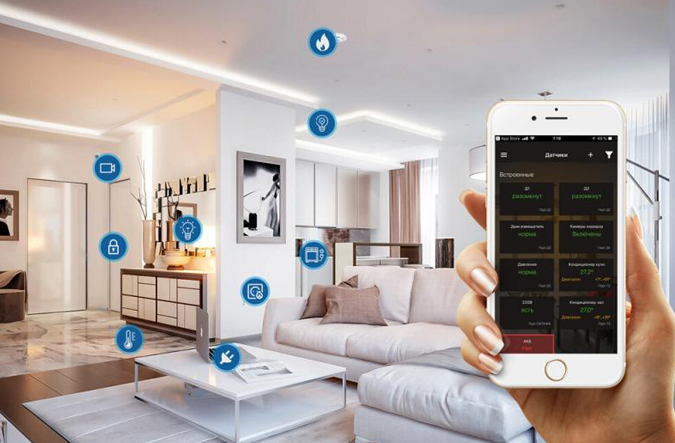
2-4 bedroom layouts designed for energy efficiency and modern living.
Built-in AI infrastructure




Affordable ownership models:




Shared AI infrastructure for building-wide efficiency and energy sharing:




Community features:






Converting new multi-family developments into vibrant innovation centers.
Each building includes




Creating a magnet for tech talent, startups, and venture capital investment.

Attract Tech Companies and Startups: Creating a vibrant tech ecosystem.